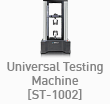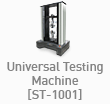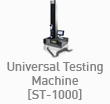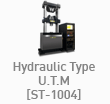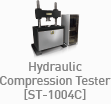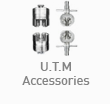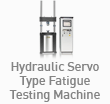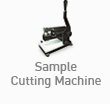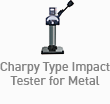| [INFORMATION] Matters to know when selecting a universal testing machine | |
|---|---|
| Writer : 관리자(salt@light-salt.kr) Date : 24.01.03 Hit : 78 | |
| Tags : Materialtestingmachine,Materialtestmachine,Compressiontester,Tensiletester,Hydraulicuniversaltestingmachine,Universalmaterialtester,maximumload,MPa,KPa,conversion,N,Pa,kN,Tensiletestsample,compressiontestsample,dogbone,sectionalarea | |
| Attachments : | |
|
Hello~! This is Salt Co., Ltd., a manufacturer specializing in material properties testing machines. Today, I will post about what you must know when selecting a universal material tester
When selecting a universal material testing machine, one of the most important thing is the maximum load.
For example, let's think of a bridge or a building structure. If the maximum load of the leg is 10 tons, a weight of less than 10 tons can be safely supported by the bridge. However, if you weigh more than 10 tons, your bridge would collapse.
As such, the maximum load of the universal material tester plays a very important role in ensuring the safety and performance of the equipment, It is very important to know the maximum load when selecting a UTM!
MPa is the pressure applied to the broken sample's cross section (specific cross section area), The maximum load (N, kN) can vary greatly depending on the sample size.
So, how do I convert MPa to N?
the formula for converting tensile strength to maximum load is as follows:
Test maximum load (N) = Tensile strength (MPa) × Cross-sectional area (m^2) × 10^6
For example, the method of calculating the maximum load for a sample with a tensile strength of 1000 MPa cross-sectional area of 30 mm^2 is used
Maximum load = Tensile strength × cross-sectional area Substituting the given value and calculating it: Maximum load = 1000 MPa x 30 mm^2 Maximum load = 1000×10^6 Pa×30×10^-6 m^2 Maximum load = 30,000 N
Thus, if the given tensile strength is 1000 MPa and the cross-sectional area is 30 mm^2, the maximum load is 30,000 N.
If the cross-sectional area (sample size) is not given, the conversion is not possible. Therefore, when inquiring about UTM with tensile/compression strength (MPa), the size of the sample is essential.
Let's learn how to calculate the type and cross-sectional area of the sample.
1. a tensile test
1)Dog bone sample
Calculate using the width (W) of the widest part of the specimen and the thickness (T) of the thinnest part. Sectional area = W (width) X T (thickness)
2) Barbbell
Find the cross-sectional area of the middle part of the specimen the same as the dogbone. However, unlike dogbone, the barbell shape has a circular cross-sectional area, so it obtains the cross-sectional area of the circle. D is the diameter of the circle.
2. Compression test
1) cylinder
The formula for calculating the cross-sectional area of the cylinder sample uses the area of the circle. D is the diameter of the circle
2) Cube
Calculating the cross-sectional area of a sample of cubes is simple. You just need to know the length of each side. Cross-sectional area = a x b
In addition, tensile and compression test samples of various shapes and sizes may be used depending on the various materials and applications. These specimens are designed according to international standards (e.g., ASTM, ISO) and use standardized specimen form to maintain consistency of results and facilitate comparison between materials.
Salt Co., Ltd.'s universal testing machine conforms to the requirements of physical characteristics testing of various materials It offers a variety of grips, extensometers, and test solutions. "We value our relationship with you more than just selling our products."
Salt-s@Light-Salt.kr www.light-salt.kr
|
|
| Prev | why we need material properties test ? |
| Next | What is the appropriate grip for bolt tensile test? |
|
|
























